Short and Long Answer Questions: The Invisible Living World: Beyond Our Naked Eye | Science Curiosity Class 8 - New NCERT PDF Download
Short Answer Questions
Q1. What is the difference between a magnifying glass and a microscope in studying tiny organisms?
Answer:
- A magnifying glass provides low magnification, making small objects appear slightly larger but not enough to see cells clearly.
- A microscope offers high magnification and resolution, allowing detailed observation of tiny organisms like microbes and their cellular structures.
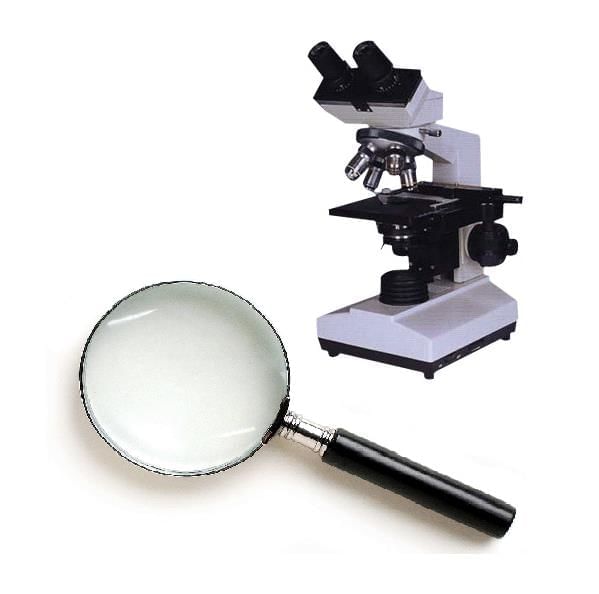 Maginifying Glass and Microscope
Maginifying Glass and Microscope
Q2. How did Robert Hooke and Antonie van Leeuwenhoek contribute differently to microbiology?
Answer: Robert Hooke coined the term “cell” in 1665 after observing the structure of cork under a microscope, laying the foundation for cell theory. Antonie van Leeuwenhoek, using more advanced microscopes, was the first to observe living microorganisms like bacteria and protozoa, earning him the title Father of Microbiology.
Q3. Why do scientists stain cells like onion peel and cheek cells before viewing them?
Answer: Staining enhances contrast in transparent cells, making structures like the nucleus, cell membrane, and organelles visible under a microscope by adding color to specific parts.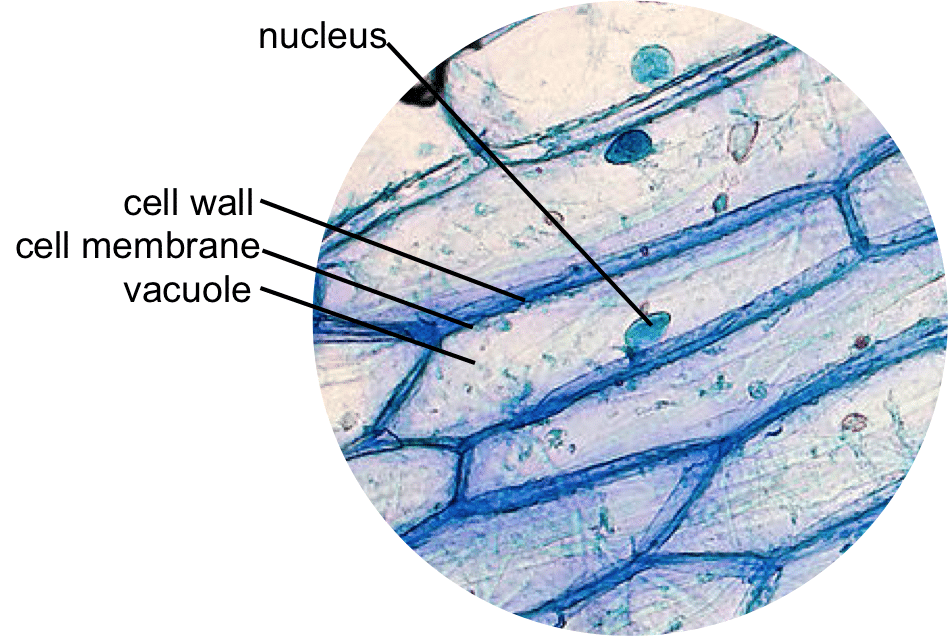 Onion Peel Cell
Onion Peel Cell
Q4. How does a round-bottom flask filled with water act like a simple lens?
Answer: The curved surface of water in a round-bottom flask refracts light, bending it to converge and magnify objects, similar to a convex lens, enlarging images like printed letters.
Q5. In what two main ways do plant and animal cells differ in structure?
Answer: Plant cells have a rigid cell wall for support and plastids (like chloroplasts for photosynthesis), while animal cells lack a cell wall and plastids, relying on a flexible cell membrane.
Q6. Why do different cells have different shapes, such as nerve cells and muscle cells?
Answer: Cell shapes are specialized for their functions: long, branched nerve cells transmit signals efficiently, while spindle-shaped muscle cells contract to enable movement.
Q7. What roles do the cell membrane, cytoplasm, and nucleus play together?
Answer: The cell membrane regulates what enters and leaves, the cytoplasm provides a medium for chemical reactions and organelle functions, and the nucleus controls cell activities and stores genetic information for growth and reproduction.
Q8. How do microbes help in making foods like bread and curd?
Answer: Yeast (a fungus) ferments sugars in dough, releasing carbon dioxide to make bread rise. Lactobacillus bacteria ferment lactose in milk, producing lactic acid that thickens milk into curd.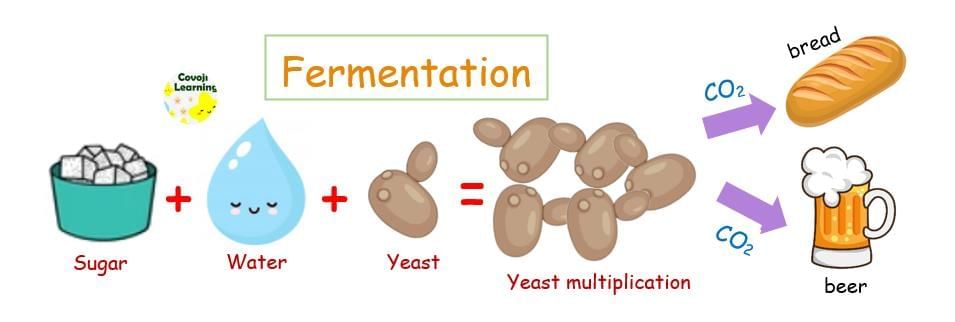 Fermentation using Yeast
Fermentation using Yeast
Q9. Why do high amounts of salt or sugar help preserve foods such as pickles and murabbas?
Answer: High salt or sugar creates a hypertonic environment, dehydrating microbes or inhibiting their growth by osmosis, preventing spoilage in foods like pickles and murabbas.
Q10. How do bacteria and fungi help recycle nutrients in nature?
Answer: Bacteria and fungi break down dead organic matter (plants and animals) into simpler compounds, forming nutrient-rich compost that returns essential nutrients like nitrogen to the soil.
Q11. What is biogas and how do microbes produce it?
Answer: Biogas is a renewable fuel, primarily methane, produced by anaerobic bacteria that decompose organic waste in oxygen-free environments, such as biogas digesters.
Q12. How do Rhizobium bacteria improve soil fertility for farmers?
Answer: Rhizobium bacteria live symbiotically in legume root nodules, fixing atmospheric nitrogen into compounds like ammonia that plants can use, enhancing soil fertility and reducing reliance on chemical fertilizers.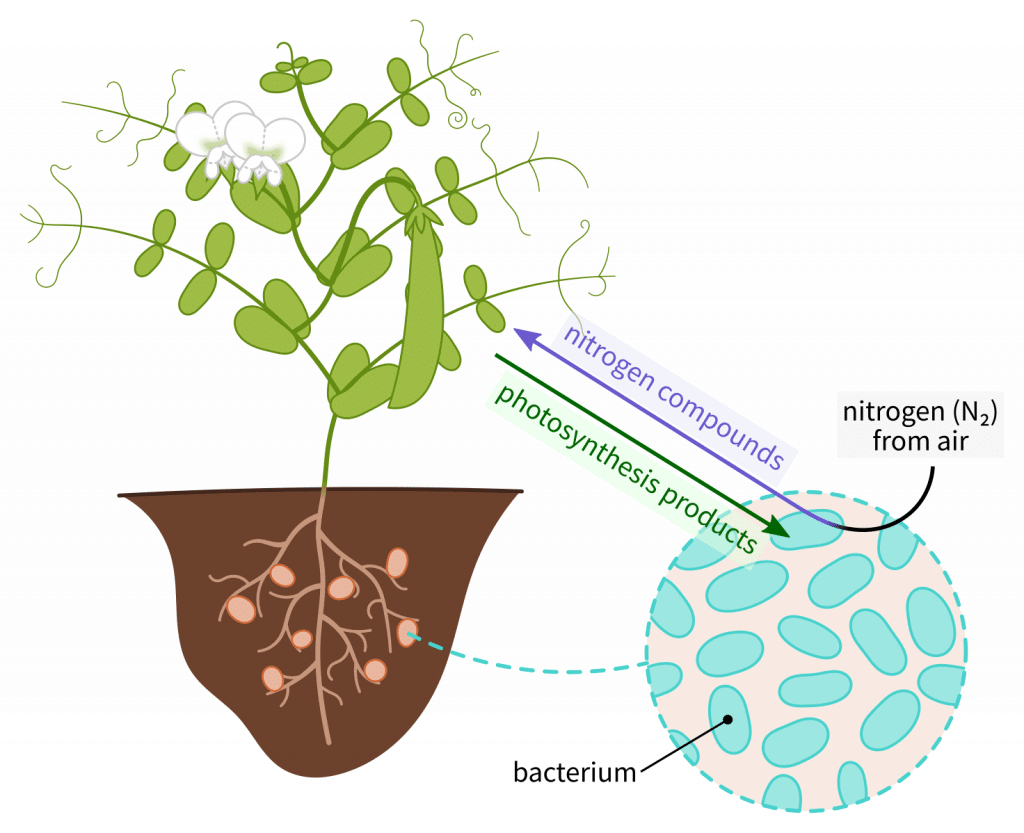 Rhizobium Bacteria
Rhizobium Bacteria
Long Answer Questions
Q1. Explain how lenses and microscopes opened a new world of discovery and changed our understanding of living things.
Answer:
- Early lenses, like those in magnifying glasses, revealed that small objects could be enlarged, sparking curiosity about the unseen world. The invention of microscopes in the 17th century revolutionized biology by enabling scientists to observe cells and microorganisms invisible to the naked eye.
- Robert Hooke’s 1665 observation of cork under a microscope led to the term “cell,” establishing the cellular basis of life. Antonie van Leeuwenhoek’s advanced microscopes allowed him to discover living microbes, such as bacteria and protozoa, proving that life existed at a microscopic level.
- These findings laid the foundation for cell theory and microbiology, showing that all living things are composed of cells and that microorganisms play critical roles in health, disease, and ecosystems. Improved microscope designs over time revealed intricate cell structures and microbial processes, deepening our understanding of life’s complexity.
Q2. Describe the main parts of a cell and explain how each part helps the cell survive.
Answer: 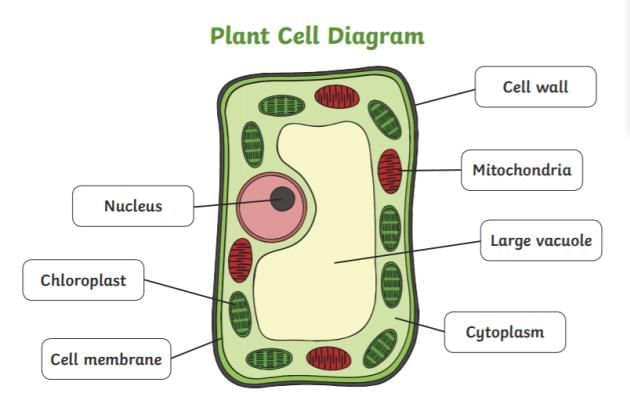
- The cell membrane regulates the movement of substances in and out, maintaining internal balance. The cytoplasm, a jelly-like fluid, hosts organelles and chemical reactions essential for metabolism and energy production.
- The nucleus stores DNA and directs cell activities like growth, reproduction, and repair.
- In plant cells, the cell wall provides structural support, chloroplasts capture sunlight for photosynthesis to produce energy, and the large vacuole stores nutrients, water, and waste while maintaining cell shape.
- These components work together to ensure the cell’s survival by supporting metabolism, protection, and reproduction.
Q3. Compare plant and animal cells, giving at least four differences and the reasons behind them.
Answer: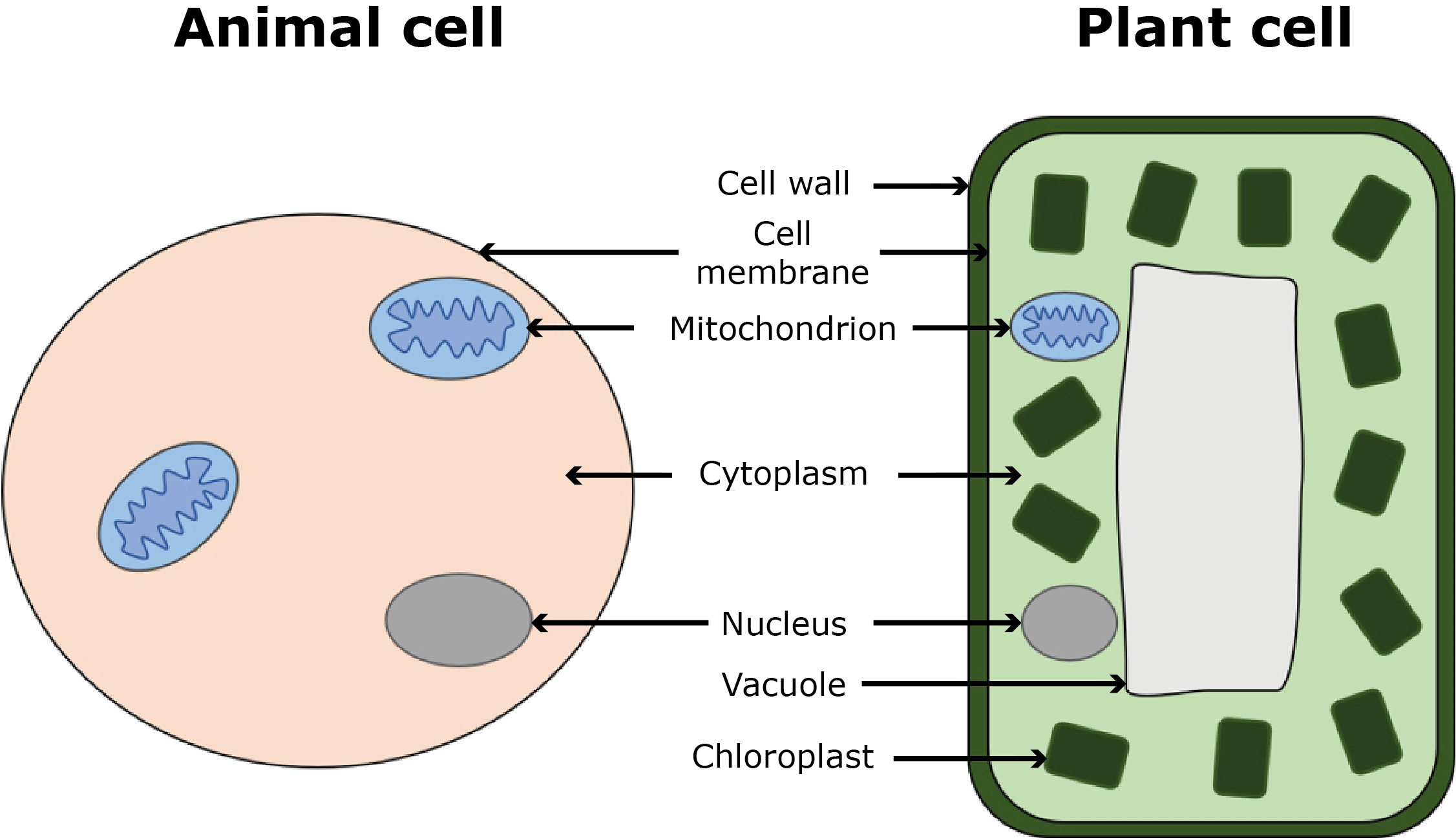
Cell Wall: Plant cells have a rigid cell wall made of cellulose for structural support, enabling plants to remain upright. Animal cells lack a cell wall, allowing flexibility for movement and shape changes.
Plastids: Plant cells contain plastids, such as chloroplasts, which enable photosynthesis to produce food. Animal cells lack plastids, as they rely on external food sources.
Vacuole Size: Plant cells have a large central vacuole for storing water, nutrients, and waste, and maintaining turgidity. Animal cells have small or no vacuoles, as they prioritize mobility over storage.
Nucleus Position: In plant cells, the nucleus is often pushed to the side by the large vacuole, optimizing space for storage. In animal cells, the nucleus is typically central, facilitating uniform control of cell activities. These differences reflect plants’ need for rigidity and self-sustaining food production versus animals’ need for flexibility and mobility.
Q4. Explain how scientists study cells using stains, simple lenses, and microscopes, with an example from the onion peel and cheek cell activities.
Answer:
- Scientists use stains, simple lenses, and microscopes to observe cells clearly. Many cell components are transparent, so stains like safranin (for plant cells) or methylene blue (for animal cells) add color to structures like the nucleus and cell boundaries, enhancing visibility.
- Simple lenses, such as magnifying glasses, provide low magnification for initial observations, but microscopes offer high magnification to reveal detailed cell structures.
- In the onion peel activity, safranin stains the rectangular plant cells, highlighting the cell wall, nucleus, and cytoplasm under a microscope.
- In the cheek cell activity, methylene blue stains the flat, irregular animal cells, making the cell membrane, nucleus, and cytoplasm visible. These techniques allow scientists to compare plant and animal cell structures and understand their functions.
Q5. Discuss why cells have different shapes and sizes, linking form to function with three examples.
Answer: Cell shape and size are adapted to their specific functions, optimizing efficiency.
Nerve Cells: Long and branched, nerve cells (neurons) transmit electrical signals quickly over long distances, connecting different parts of the body for communication.
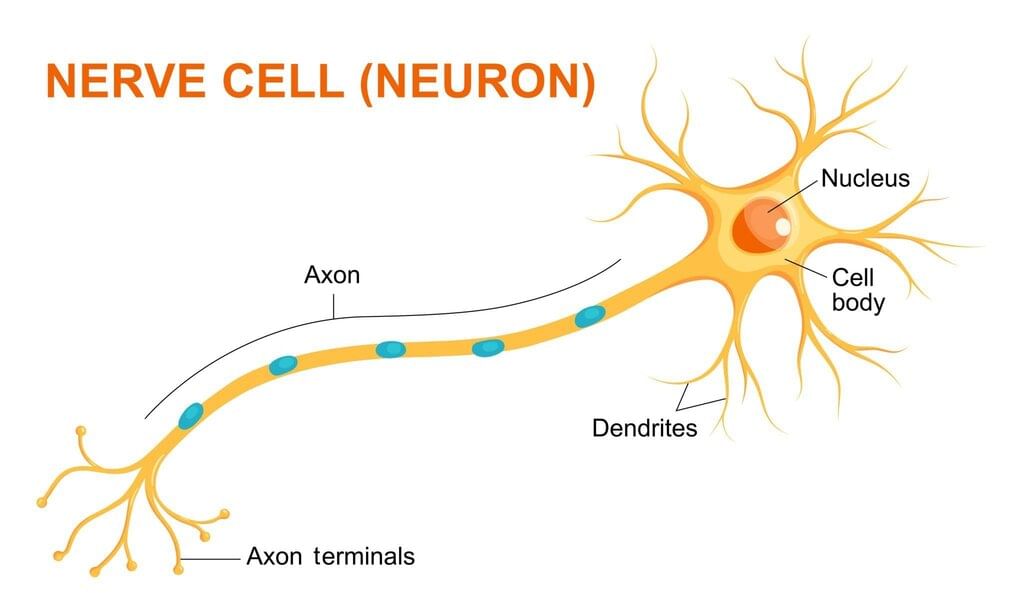
Muscle Cells: Spindle-shaped muscle cells contract and relax efficiently, enabling movements like walking or digestion in the stomach.
Plant Vascular Cells: Long, tube-like xylem cells in plants form pipelines to transport water and nutrients from roots to leaves, supporting plant growth. These specialized shapes ensure each cell type performs its role effectively, contributing to the organism’s overall health.
Q6. Describe the levels of organization in living beings from cell to organism, and explain how each level depends on the previous one.
Answer: The levels of organization in living beings are hierarchical, with each level building on the previous one: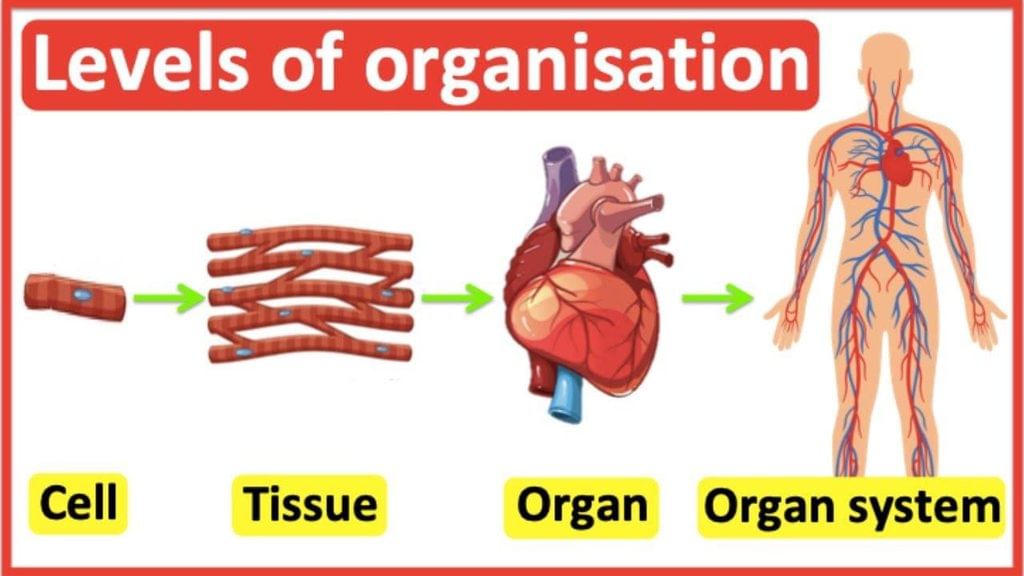
Cells: The basic units of life, performing essential processes like metabolism and reproduction.
Tissues: Groups of similar cells, like muscle tissue for movement, work together to perform specific functions, relying on healthy cells.
Organs: Tissues combine to form organs (e.g., heart, leaf), which depend on tissues to carry out specialized tasks like pumping blood or photosynthesis.
Organ Systems: Organs form systems, like the circulatory or digestive system, which rely on organs to perform coordinated functions.
Organism: All organ systems work together to form a complete organism capable of survival and reproduction, dependent on the proper functioning of all lower levels. Each level’s success depends on the integrity and coordination of the levels below it.
Q7. Explain how microorganisms affect our daily lives in positive and negative ways, with four clear examples.
Answer: Microorganisms have both beneficial and harmful impacts:
Positive - Food Production: Yeast ferments sugars to produce carbon dioxide, making bread rise, while Lactobacillus bacteria ferment milk into curd, enhancing food variety and nutrition.
Positive - Nutrient Recycling: Decomposing microbes (bacteria and fungi) break down dead organic matter into compost, enriching soil for agriculture.
Positive - Biogas Production: Anaerobic bacteria produce methane-rich biogas from waste, providing renewable energy for cooking and electricity.
Negative - Food Spoilage and Disease: Harmful microbes can spoil food, making it unsafe, or cause infections like bacterial sore throats or fungal skin infections if not controlled. These roles highlight microbes’ dual impact on daily life.
Q8. Describe how food preservation, nitrogen fixation, and biogas production show the useful roles of microbes in homes and farms.
Answer: Microbes play vital roles in homes and farms:
Food Preservation: High salt or sugar concentrations in pickles and murabbas create a hypertonic environment, preventing microbial growth by osmosis, thus preserving food safely for long periods.
Nitrogen Fixation: Rhizobium bacteria in legume root nodules convert atmospheric nitrogen into ammonia, a form plants can use, improving soil fertility and reducing the need for synthetic fertilizers.
Biogas Production: Anaerobic bacteria decompose organic waste in biogas digesters, producing methane-rich biogas used for cooking, heating, or electricity, promoting sustainable energy and waste management. These microbial processes support cost-effective, eco-friendly practices in households and agriculture.
|
59 videos|235 docs|13 tests
|
FAQs on Short and Long Answer Questions: The Invisible Living World: Beyond Our Naked Eye - Science Curiosity Class 8 - New NCERT
| 1. What is the invisible living world, and why is it important to understand? |  |
| 2. How do scientists study microorganisms that are not visible to the naked eye? |  |
| 3. Can you explain the role of bacteria in the environment? |  |
| 4. What are some common diseases caused by microorganisms, and how can they be prevented? |  |
| 5. How do microorganisms contribute to biotechnology and medicine? |  |





















